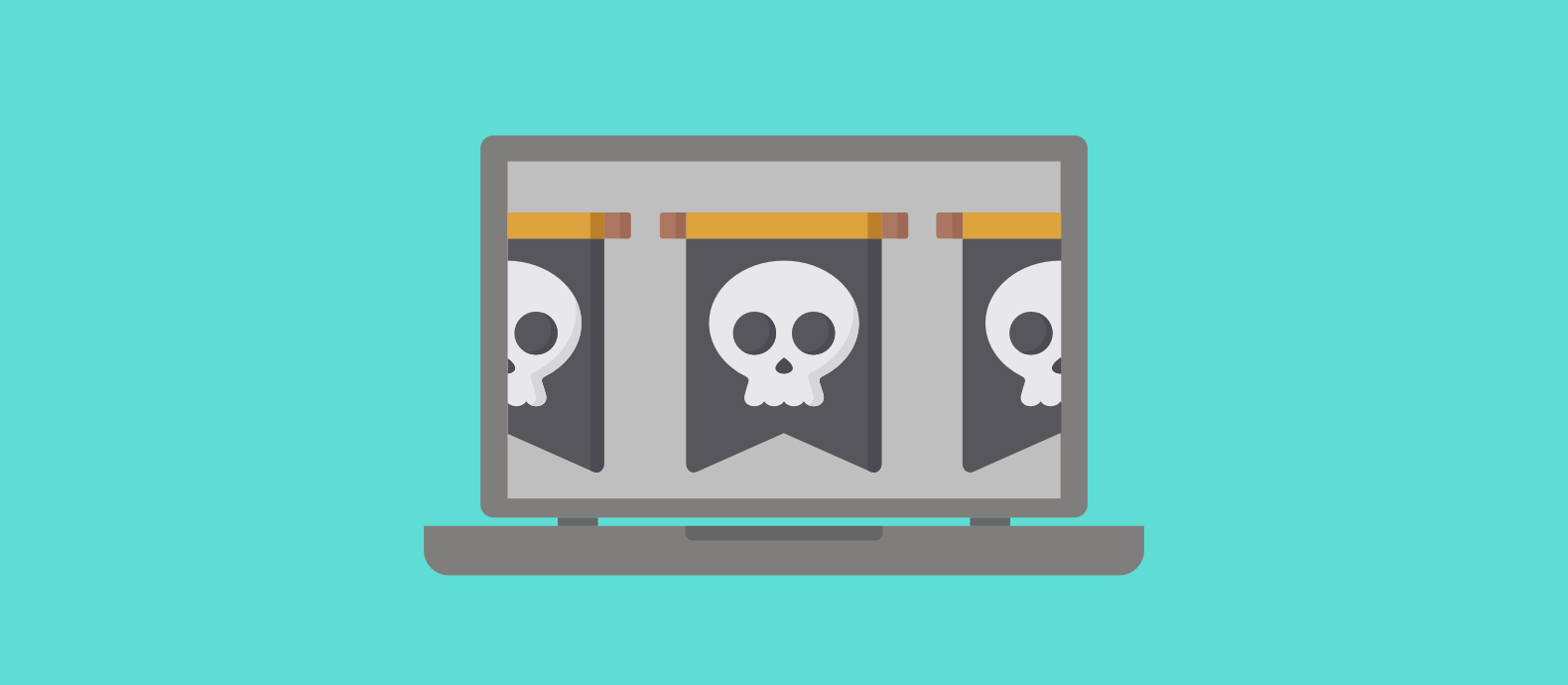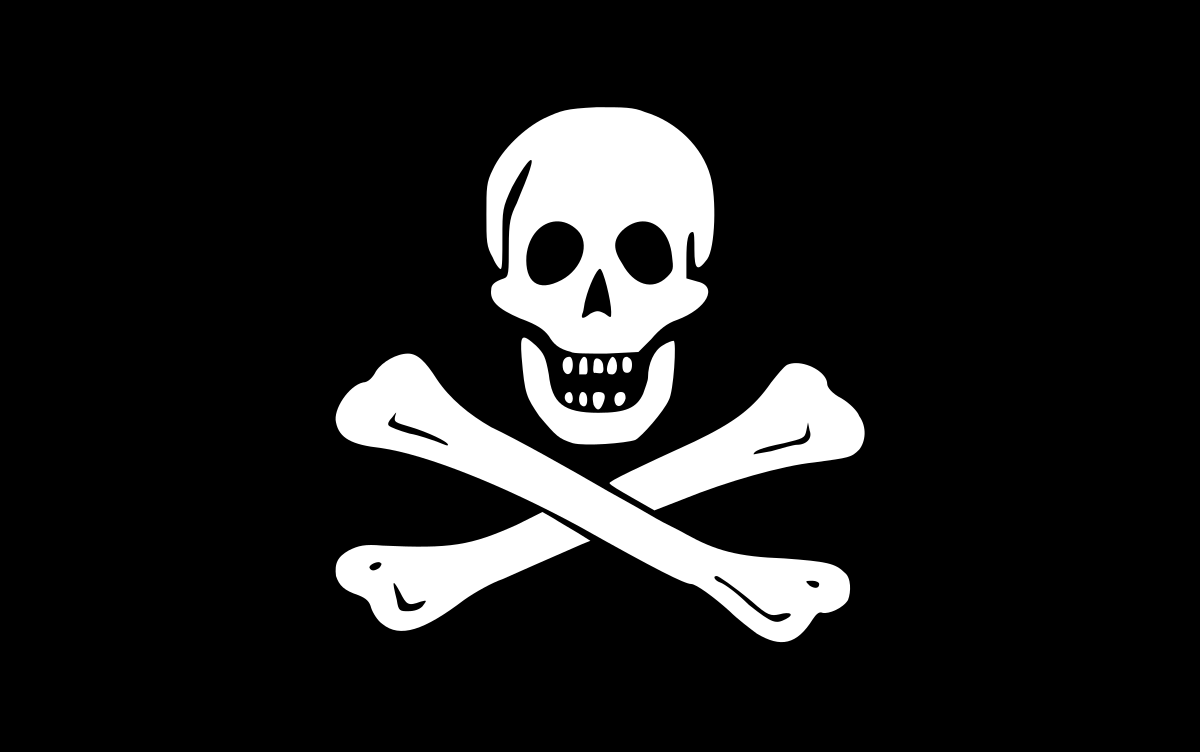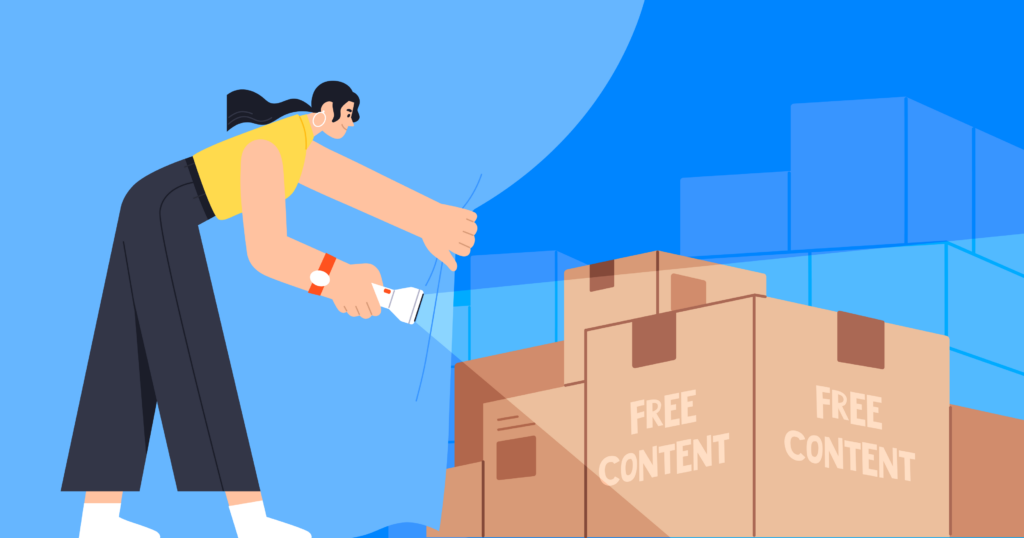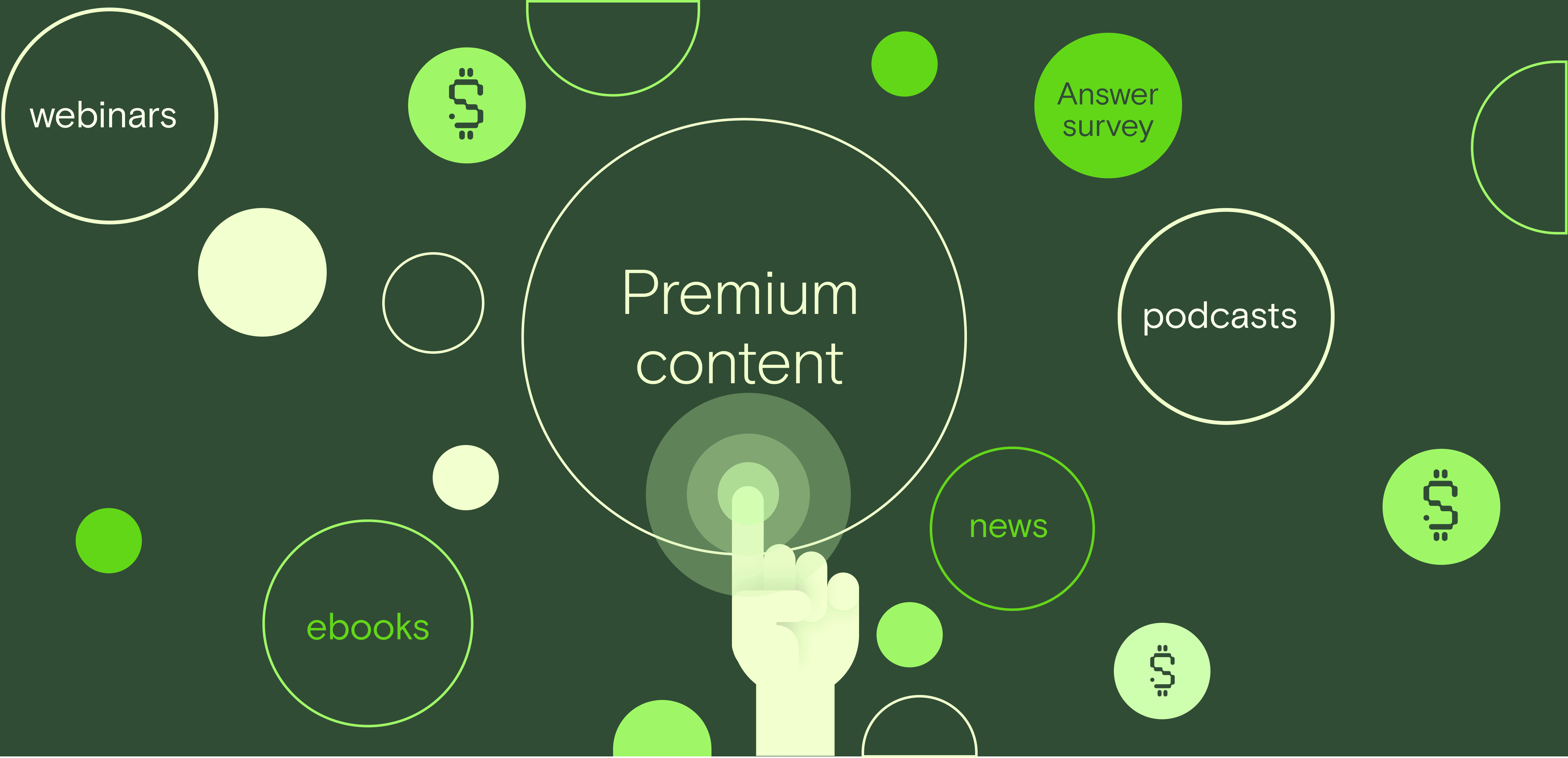In today's world, the internet has made it easy for us to access a vast amount of information, entertainment, and educational content online. However, this easy access has also led to the issue of piracy, which has become a significant problem for content creators, publishers, and distributors.
So, what is piracy?
Piracy is the illegal copying, distribution, and sharing of copyrighted material without the owner's permission. Piracy can occur in many forms, such as downloading music, movies, books, or software from the internet without paying for it.
On the other hand, we have free and premium content.
Free content is available to the public without any cost, and it can be accessed and shared easily. This type of content is usually supported by ads or sponsorships.
Premium content, on the other hand, is content that requires payment before access. This content can include movies, TV shows, e-books, software, and games. Premium content is usually high-quality, and it is often available with additional features such as ad-free experiences, exclusive content, and customer support.
So, what are the differences between piracy, free content, and premium content? Let's take a closer look.
Piracy
Piracy is the unauthorized use of copyrighted material. It involves copying, distributing, or sharing content without the owner's permission. Piracy can occur in many forms, such as illegal downloads, streaming, and sharing of content.
Piracy has a significant impact on content creators and distributors, as it reduces their potential revenue streams. Piracy also undermines the incentive to create new content and may lead to a reduction in the quality and variety of content available.
Free Content
Free content is available to the public without any cost. This content can be accessed and shared easily, and it is often supported by ads or sponsorships. Free content can include articles, videos, podcasts, and music.
While free content can be great for consumers, it can also have drawbacks for creators. The revenue generated from ads or sponsorships may not be sufficient to cover the cost of producing the content. Additionally, free content may not be of high quality, and it may not offer the same level of customer support as premium content.
Premium Content
Premium content is content that requires payment before access. This content can include movies, TV shows, e-books, software, and games. Premium content is usually high-quality, and it is often available with additional features such as ad-free experiences, exclusive content, and customer support.
Premium content offers significant benefits to content creators and distributors. The revenue generated from premium content can help cover the cost of producing the content and incentivize the creation of new content. Additionally, premium content offers a higher level of quality and customer support than free content.
Conclusion
In conclusion, piracy, free content, and premium content all have their place in the digital world. While piracy may offer a cheap or free alternative to premium content, it ultimately hurts the content creators and distributors. Free content can be great for consumers, but it may not offer the same quality or level of support as premium content. Premium content, on the other hand, offers high-quality content, exclusive features, and a level of customer support that cannot be matched by free or pirated content.
As consumers, it is essential to support content creators and distributors by paying for premium content instead of resorting to piracy. By doing so, we can ensure the continued creation of high-quality content and support the growth of the digital content industry.




0 Comments:
Post a Comment